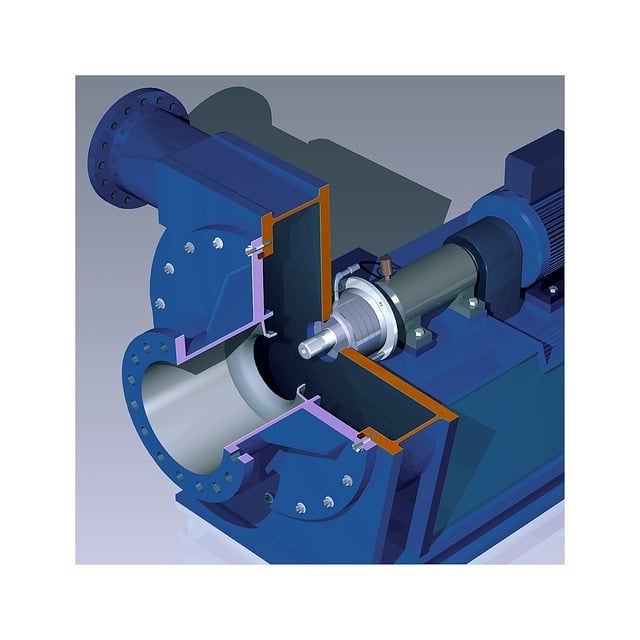Safety standards for staircases rely on steel detailing drafting for structural integrity and accident prevention. Precise drawings ensure compliance with building codes, including dimensions, material strength, handrail placement, and ladder specs. Steel detailing guarantees durable, aesthetically pleasing, and safe staircases, emphasizing stainless steel's corrosion resistance and sleekness. Meticulous drafting includes accurate dimensioning, load-bearing capacity, slip-resistant surfaces, and secure fastening, enhancing structural integrity and user safety through rigorous quality control measures.
In ensuring structural integrity and user safety, stair, handrail, and ladder detailing are paramount in construction projects. This article delves into critical aspects of compliance with safety standards for these essential elements. From understanding key regulations to exploring material choices and precise drafting techniques, we guide you through the process. Learn how steel detailing drafting can enhance safety, ensuring robust handrails, secure ladders, and compliant staircases that withstand scrutiny.
Understanding Safety Standards for Staircases
Understanding safety standards for staircases is paramount in ensuring structural integrity and preventing accidents. Building codes and regulations, such as those enforced by local authorities, dictate specific requirements for staircase design, including dimensions, material strength, and safety features like handrails and ladders. Steel detailing drafting plays a crucial role here, as it involves creating precise technical drawings that specify the exact dimensions, measurements, and material specifications for these components.
Compliance with safety standards ensures that staircases are not only structurally sound but also provide users with adequate support and guidance. Handrails, for instance, should be securely fastened and positioned at a comfortable height to offer balance and prevent falls. Ladders, when present, must meet specific criteria regarding steepness, rungs, and treads to ensure safe ascent and descent. By adhering to these guidelines and leveraging steel detailing drafting techniques, builders and designers can create staircases that prioritize safety without compromising aesthetics or functionality.
Handrail Design and Material Considerations
Handrails are a critical safety feature, providing stability and preventing falls. When designing handrails, consider both aesthetic appeal and functional requirements. The choice of material is essential; steel detailing drafting offers durable and robust solutions. Stainless steel, for instance, is highly resistant to corrosion, ensuring longevity in various environments. Its sleek appearance also enhances the overall design aesthetic.
The design should account for adequate spacing between the rail and the wall or surface it supports, allowing users a comfortable grip while ensuring no pinch points are created. Curved or angled handrails can add interest to the structure, but straight sections should be standard to facilitate easy installation and maintenance. Incorporating steel detailing drafting techniques ensures precise measurements and seamless integration with other building elements, ultimately contributing to overall safety compliance.
Drafting Precise Ladder Specifications
When it comes to ensuring safety compliance in stair, handrail, and ladder systems, precise drafting of specifications is paramount. This involves meticulous attention to detail when creating steel detailing drawings. Every element must be accurately dimensioned, including ladder rungs, rails, and support brackets. The use of high-quality CAD software allows for exact measurements and facilitates the creation of detailed 3D models, enabling thorough visual inspection before fabrication.
Moreover, specifying material grade and finish is crucial in steel detailing drafting. This includes selecting appropriate alloys that meet load-bearing requirements and environmental standards. A well-drafted set of plans should also incorporate safety features such as slip-resistant surfaces on rungs and secure fastening mechanisms to prevent accidental dislodging. Rigorous quality control during production and installation ensures these precise ladder specifications are met, thereby enhancing structural integrity and user safety.
Ensuring Compliance: Quality Assurance Checks
Ensuring compliance with safety standards in stair, handrail, and ladder detailing is paramount for any construction or renovation project. One crucial aspect of this process involves thorough quality assurance checks on steel detailing drafting. This includes verifying that all dimensions are accurate, connections are secure, and components adhere to specified load bearing requirements.
Regular inspections by trained professionals help identify potential flaws or deviations from the design plans early in the construction phase. By implementing rigorous quality control measures, builders can mitigate risks, prevent accidents, and ensure that the final product meets regulatory standards. This commitment to meticulous steel detailing drafting is not only a legal necessity but also contributes to the overall safety and durability of the structure.
In ensuring safety compliance for stair, handrail, and ladder systems, understanding and adhering to relevant standards is paramount. From defining handrail design and material choices to accurately drafting ladder specifications, each element plays a crucial role in preventing accidents. Implementing robust quality assurance checks throughout the design and construction process guarantees these critical components meet the required safety standards. By incorporating steel detailing drafting techniques, professionals can create durable, reliable, and code-compliant solutions that enhance user safety without compromising aesthetics.
